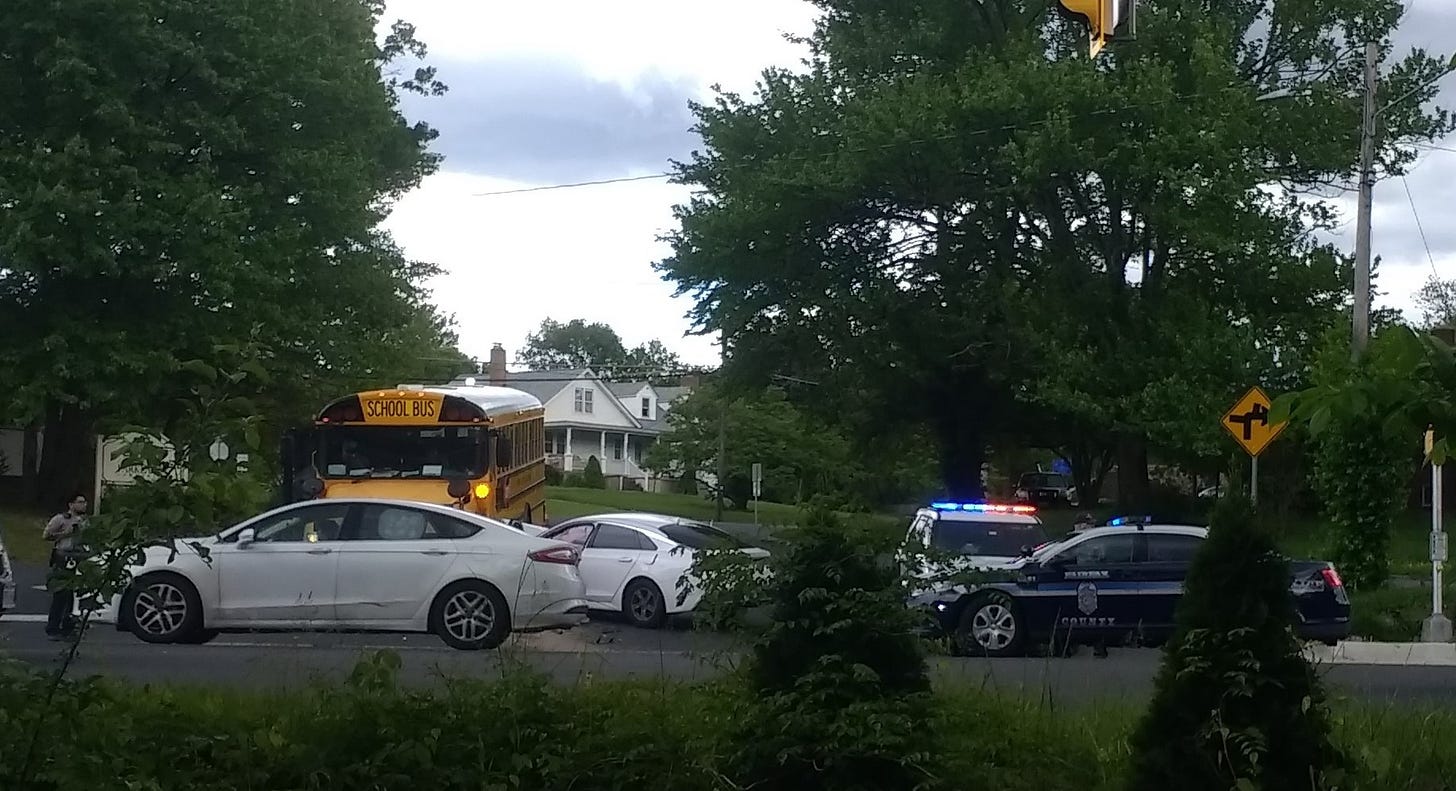Skewed World View
Many people are scared of what they're told to fear, instead of what's actually scary.
If a recent survey is any indication, significant numbers of American voters are shockingly ill-informed about the reality of gun violence.
A survey conducted by RMG Research Inc. on behalf of the Napolitan News Service asked registered voters whether they believed that school shootings or gang violence led to more gun deaths every year.
A staggering one-third (35%) of respondents blamed school shootings for more total gun deaths than gang violence, while an additional 11% were unsure which factor bears more responsibility for fatal gun violence. That indicates nearly half of people surveyed have a skewed view of actual dangers.
The reality is that two-thirds of all deaths involving a firearm in the U.S. are due to suicide, with homicides a distant second. School shootings are a statistical aberration, yet a third of Americans are certain they’re a leading source of gun-related deaths.
A major cause of a skewed worldview is overreporting statistically rare events and underreporting real problems.
Consider: Gun Violence Archive lists 2,000 “school shootings” on their website, and their data report that only 4.3% of these incidents involve anyone being shot to death. Not only did 95.7% of these incidents involve no deaths, 82.2% involved zero injuries.
Click/tap to read the full report
Click/tap to watch the full report
Another example is the persistent myth that the gun lobby is drowning elected representatives in money to bend their votes to pro-gun. The reality is that pharmaceutical lobbying outspends the second and third place lobby segments combined, and the healthcare sector occupies four separate segments of the top ten lobby segments. In contrast, the gun lobby is many times smaller than the twentieth-place segment.
Click/tap to read the full report
Click/tap to watch the full report
This skewed worldview is particularly bad regarding automobiles. There are about six million police-reported traffic crashes every year in the United States. More people are killed in car wrecks every year than in any incident involving a firearm. Yet, despite the hand-wringing to “march for our lives” and “do something” about firearms, nobody is scared to go for a car ride, and there are no calls to restrict automobile ownership.
Consider these photos:
I took these near my current residence while walking the dogs. That white car collided with the school bus hard enough to deploy its airbags. However, no local news outlet thought this was important enough to report on, just like the millions of other collisions that happen yearly.
Contrast that to the GVA reports above, meticulously cataloging “school shootings” where over 80% of their reported incidents involved nobody being shot.
Want more? How about this chart:
The Causes of death in the US chart above is from OurWorldInData.org. On the left are the percentage breakdowns of the actual causes of death in order of the likelihood of occurrence, leading with Heart Disease (30.2%), Cancer (29.5%), Road Incidents (7.8%), Lower Respiratory Disease, Alzheimer’s Disease, Stroke, and Diabetes. Suicide is near the bottom of that list (1.8%). Terrorism and Homicide added together comprise 0.91% of total actual deaths, a tiny sliver at the very bottom.
However, New York Times and The Guardian reporting on Homicide and Terrorism constitute about 58% of their coverage, while Heart Disease and Cancer combined constitute about 15%.
“If you don't read the newspaper, you're uninformed. If you read the newspaper, you're mis-informed.”
- Mark Twain
See also, Gell-Mann Amnesia:
“[T]he Gell-Mann Amnesia effect is as follows. You open the newspaper to an article on some subject you know well. You read the article and see the journalist has absolutely no understanding of either the facts or the issues. Often, the article is so wrong it actually presents the story backward - reversing cause and effect. I call these the ‘wet streets cause rain’ stories. Paper's full of them.
“In any case, you read with exasperation or amusement the multiple errors in a story, and then turn the page and read as if the rest of the newspaper was somehow more accurate about [any other story] than the baloney you just read. You turn the page, and forget what you know.”
– Michael Crichton








The rationale behind the skewed data and fear mongering articles is: Preception is reality.